Daily Life In Afghanistan
Advertisements:
Afghan children wait as their mothers receive treatment at a USAID-funded health center on September 7, 2011 in Farza, Afghanistan. Almost 10 years after the 9/11 attacks and the U.S. invasion of Afghanistan, the U.S. government funds some of 500 Afghan health facilities nationwide, most run by non-governmental organizations contracted by the Afghan Ministry of Public Health. (Photo by John Moore/Getty Images)
A nurse weighs an Afghan child at a USAID-funded clinic on September 7, 2011 in Farza, Afghanistan. (Photo by John Moore/Getty Images)
An Afghan vollunteer weighs a child at a USAID-funded health help center on September 7, 2011 in Farza, Afghanistan. Almost 10 years after the 9/11 attacks and the U.S. invasion of Afghanistan, the U.S. government funds some 500 Afghan health facilities in 13 Afghan provinces, part of more than $2 billion of American development money to be spent in Afghanistan in 2011. The goal is to provide basic health services for Afghans throughout the nation and to lower Afghanistan's child and maternal mortality rate, among the highest in the world. (Photo by John Moore/Getty Images)
USAID governance advisor Sara Buchanan (L) meets with Afghan Civil Service Commission Appeals Board director Maliha Hassan on September 6, 2011 in Kabul, Afghanistan. The U.S. government development agency plans to spend some $2.5 billion this year in Afghanistan on development projects throughout the country, including to providing assistance to Afghan government ministries. (Photo by John Moore/Getty Images)
Afghan orphans celebrate after the orphanage soccer team won a tournament on September 6, 2011 in Kabul, Afghanistan. The orphanage is run by the Afghan Child Education and Care Organization, (AFCECO), which houses and cares for some 700 children throughout Afghanistan who have lost parents or been impoverished by the ongoing war. Funding comes from primarily American sponsors, and the U.S. government, through USAID, which funds afterschool programs for the children. (Photo by John Moore/Getty Images)
Afghan girls practice during gymnastics class at a U.S. funded gymnasium for women on September 7, 2011 in Kabul, Afghanistan. The facility, called the Alzahra Cultural and Sport Association, is the only gym for women in western Kabul and received almost $10,000 as startup money from the U.S. Ambassador's Small Grants Program (ASGP). The two-year $38 million program, run by the American Embassy and USAID, is the main U.S. government initiative to promote women's issues in Afghanistan, including grants for businesses run by Afghan women, promotion of girl's education and gender equality advocacy. In Afghanistan most women cannot read and suffer one of the highest maternal death rates in the world. (Photo by John Moore/Getty Images)
Afghan IT specialist Masuma Asaghari checks anti-virus programs on a laptop purchased by USAID for the Afghan Civil Service Commission Appeals Board on September 6, 2011 in Kabul, Afghanistan. (Photo by John Moore/Getty Images)
Afghan women receive prescription medicine after being treated at a USAID-funded clinic on September 7, 2011 in Farza, Afghanistan. (Photo by John Moore/Getty Images)
Afghan master tailor Ahmed Jamshid Naser instructs Habiba Uthri in making finished garments at the Afghan Women Business Council on September 7, 2011 in Kabul, Afghanistan. The center is funded by the U.S. Ambassador's Small Grants Program (ASGP). The two-year $38 million program, run by the American Embassy and USAID, is the main U.S. government initiative to promote women's issues in Afghanistan, including grants for businesses run by Afghan women, promotion of girl's education and gender equality advocacy. In Afghanistan few women own their own businesses, most are illiterate and as a group suffer one of the highest maternal death rates in the world. (Photo by John Moore/Getty Images)
Houma Rahimi, 12, plays the sitar during music class at a USAID-funded after school program for children affected by the Afghan war on September 6, 2011 in Kabul, Afghanistan. (Photo by John Moore/Getty Images)
Art instructor Emal Mailhil helps Tufiq Salam, 11, during an art class at a USAID-funded after school program for children affected by the Afghan war on September 6, 2011 in Kabul, Afghanistan. The program is run by the Afghan Child Education and Care Organization, (AFCECO), which also houses and cares for some 700 children throughout Afghanistan who have been directly or indirectly affected by the ongoing war. (Photo by John Moore/Getty Images)
Afghan orphans practice during karate class at the Mehan Orphanage on September 6, 2011 in Kabul, Afghanistan. T (Photo by John Moore/Getty Images)
Afghan orphans eat dinner at the Satara Orphanage on September 6, 2011 in Kabul, Afghanistan. (Photo by John Moore/Getty Images)
Afghan orphans watch cartoons at the Satara Orphanage on September 6, 2011 in Kabul, Afghanistan. (Photo by John Moore/Getty Images)
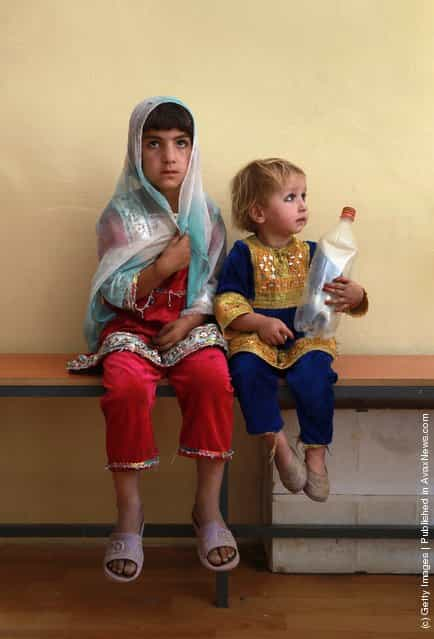

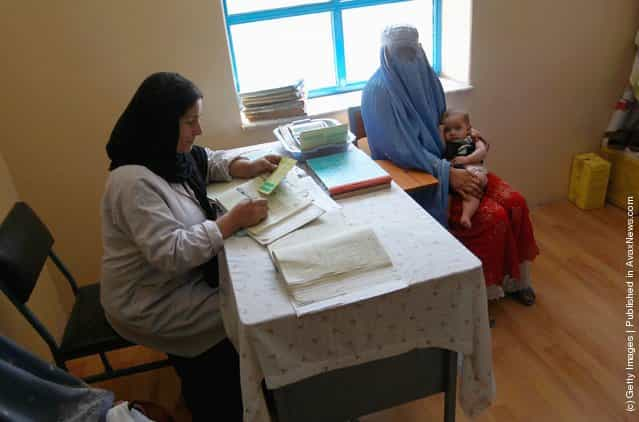
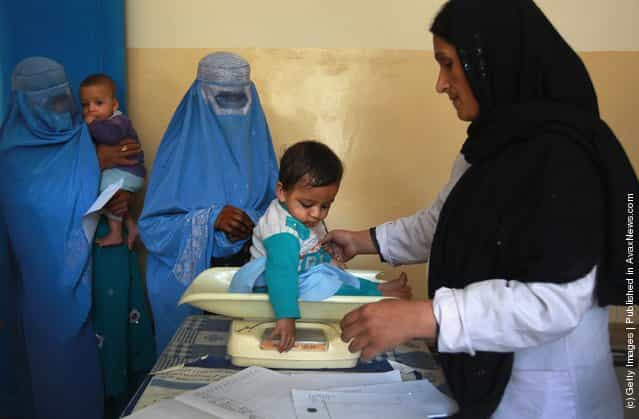
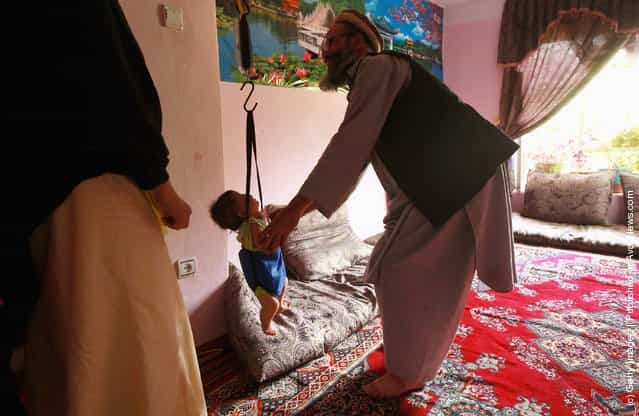

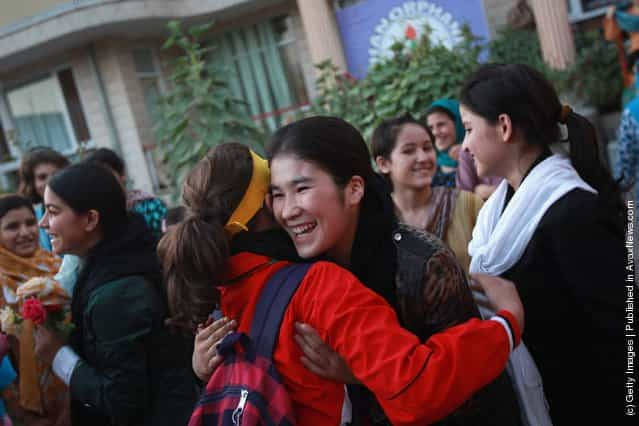
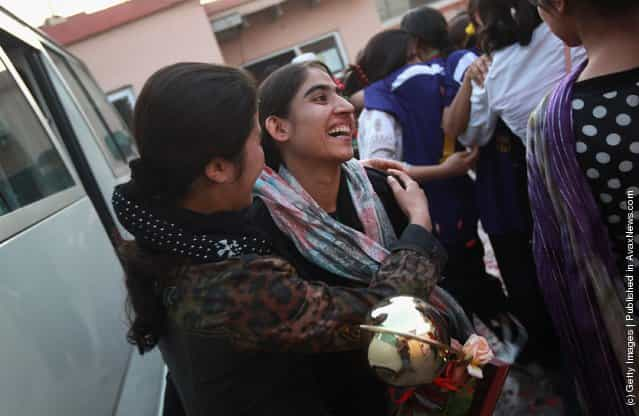
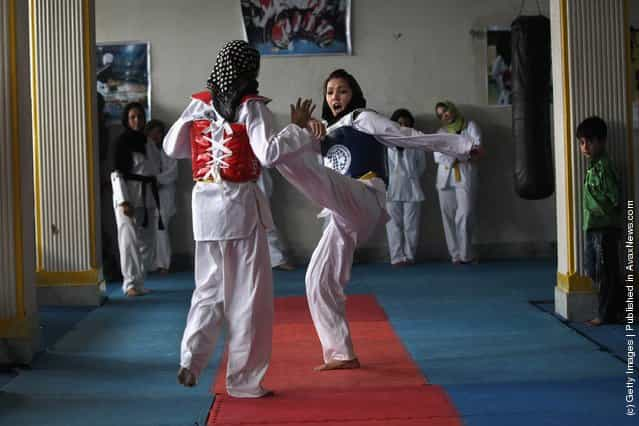

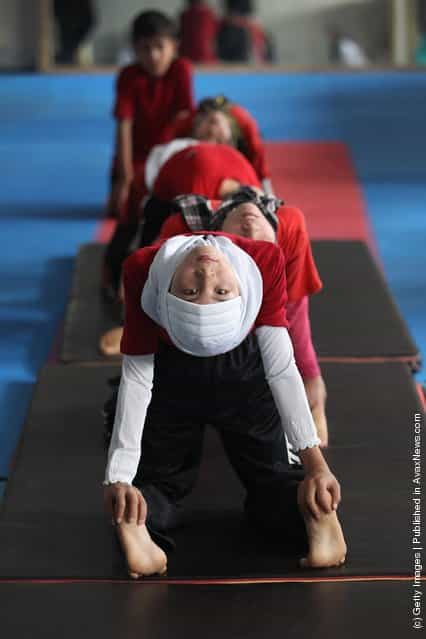

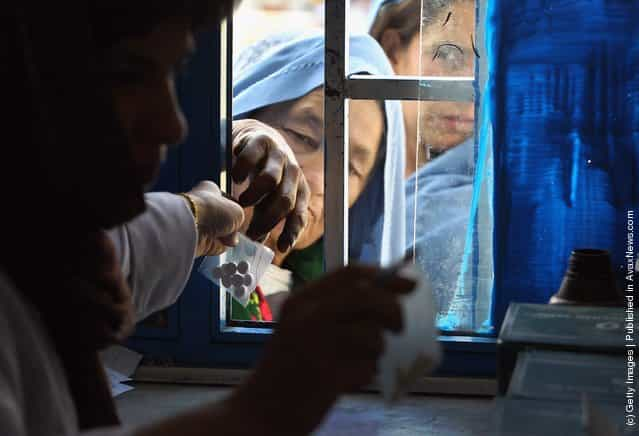
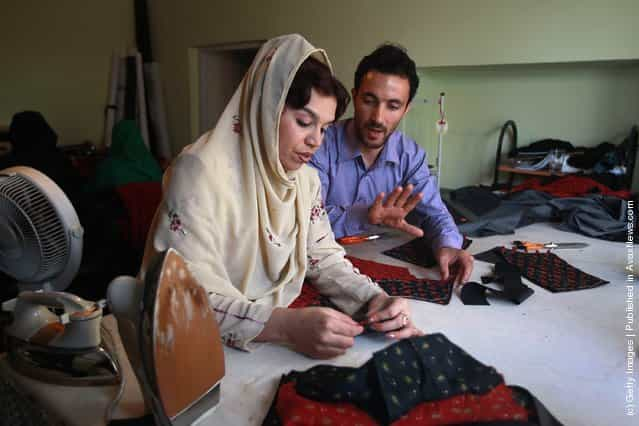
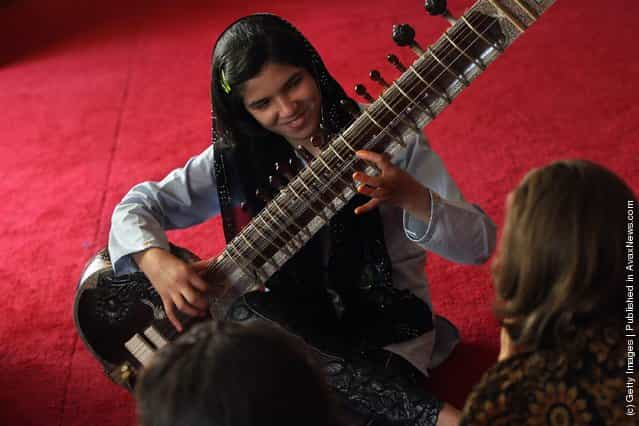
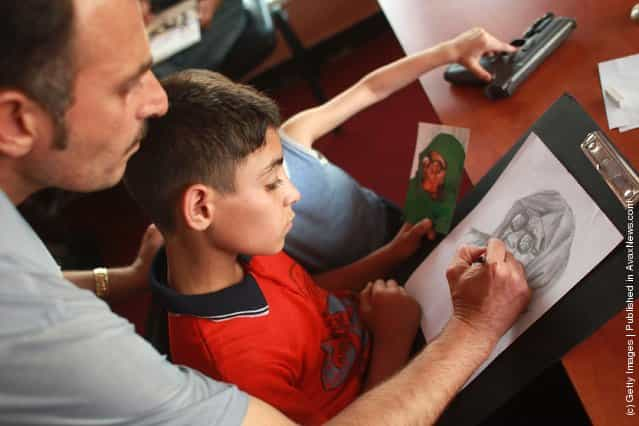

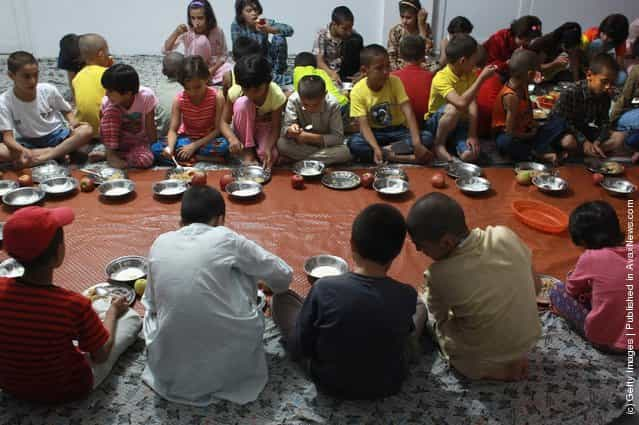
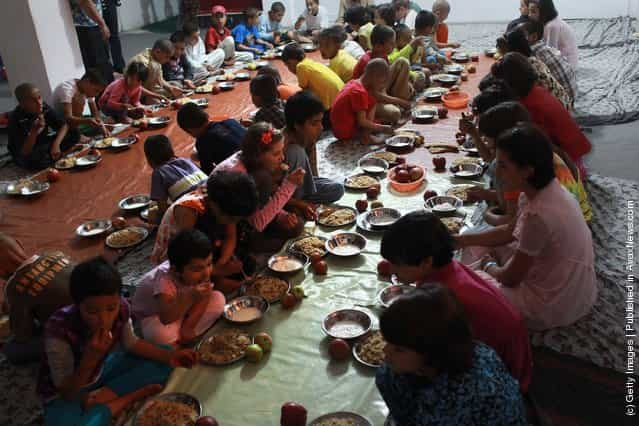
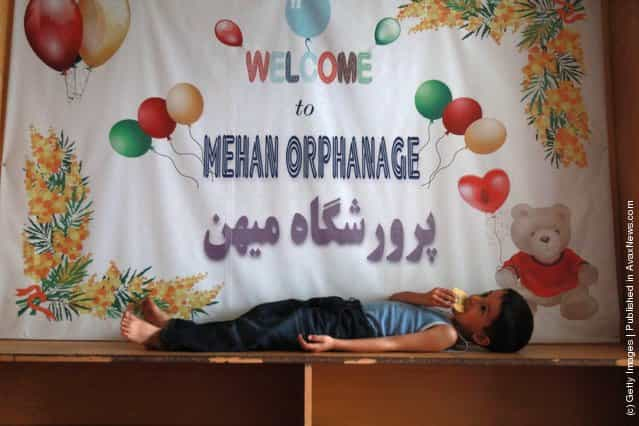
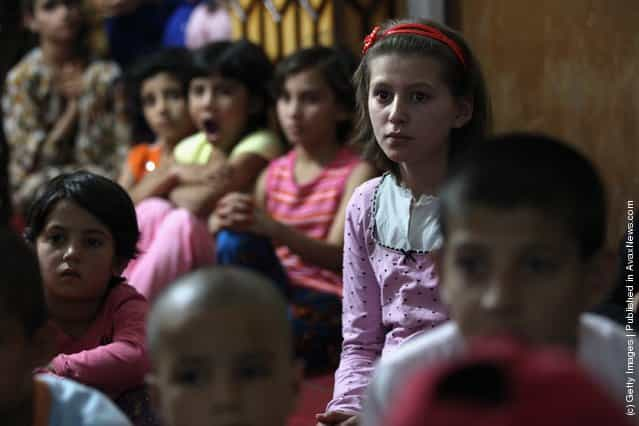
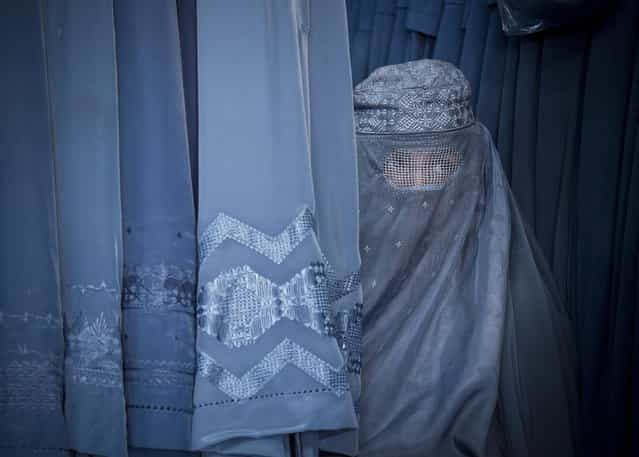
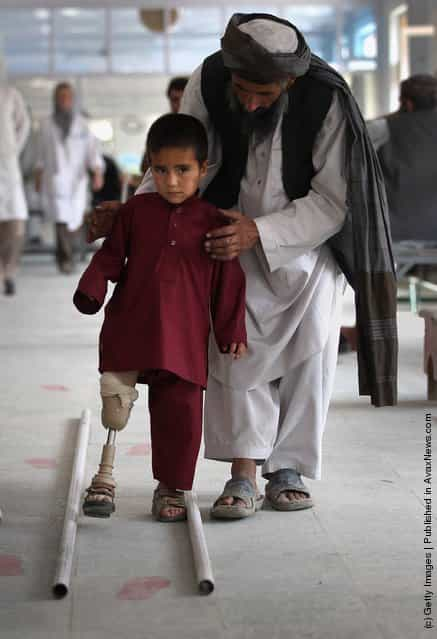
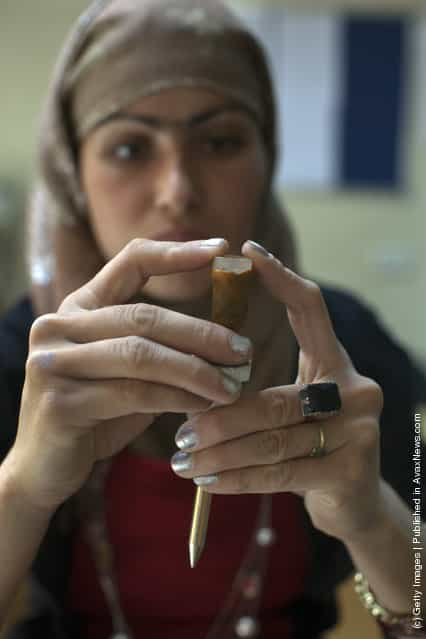
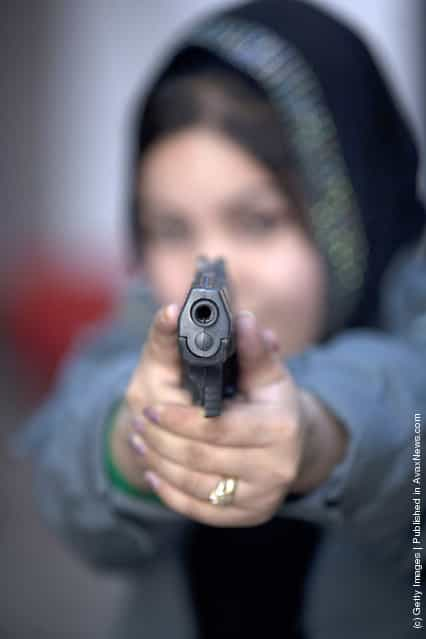
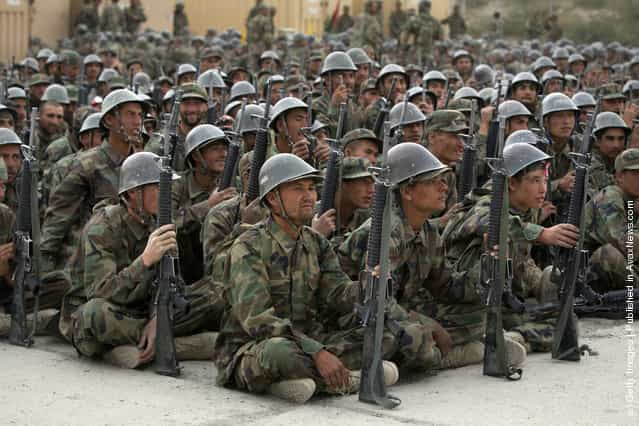
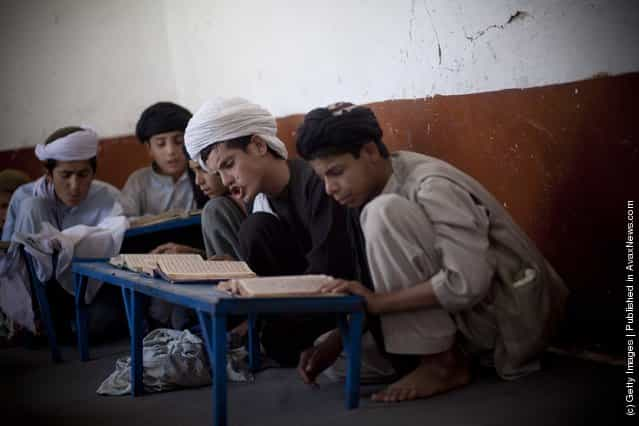


![Rare [Hybrid] Total Solar Eclipse Rare [Hybrid] Total Solar Eclipse](http://img.gagdaily.com/uploads/posts/fact/2013/short/00010c55_medium.jpg)






